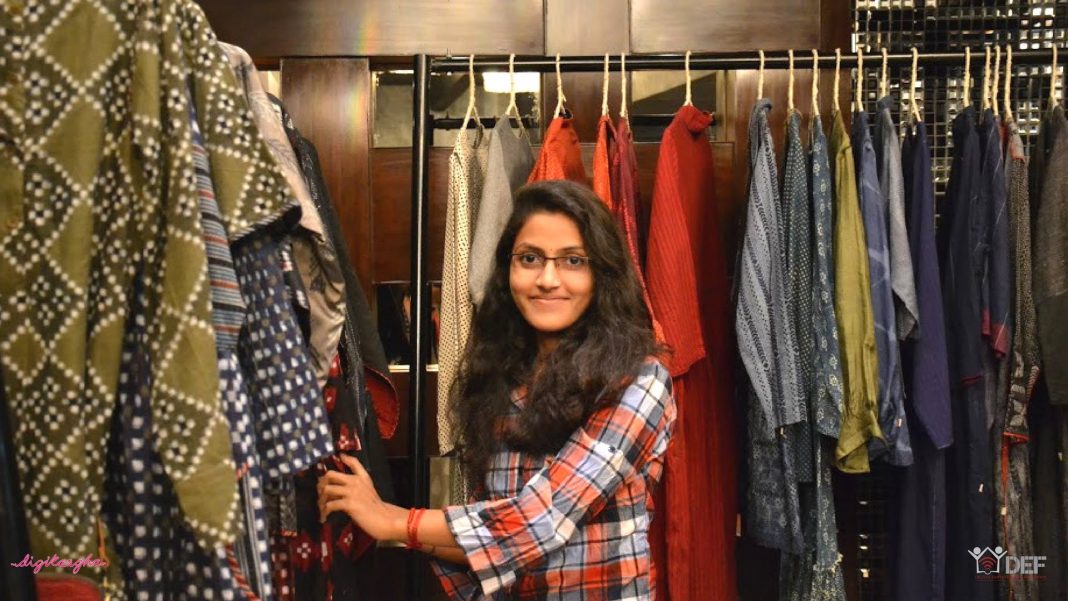Techie Weaver From Odisha’s Barpali Walks The Ramp At Lakme Fashion Week 2018

Bhubaneswar/Mumbai: Hailing from Barpali, 22-year-old Bidyabati Meher clad in an Ikat jacket designed and stitched by her, walked the ramp at Lakme Fashion Week (LFW) Winter-Festive 2018, a five-day extravaganza, in Mumbai representing Odisha handloom as the future of modern fashion.



She, along with some others, has been giving digital training like understanding and implementing a software that the weavers can use to bring sustainable growth to their livelihood. “The weavers were earlier working with handmade graph designs, traditional motifs and traditional process. Now, they are working with digital graphs i.e. graphs and its layouts made on a computer,” she said.




Comments are closed.